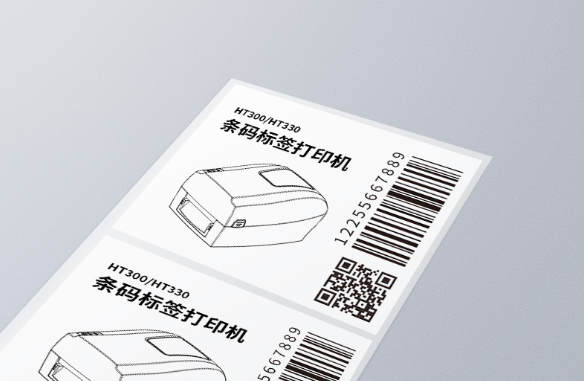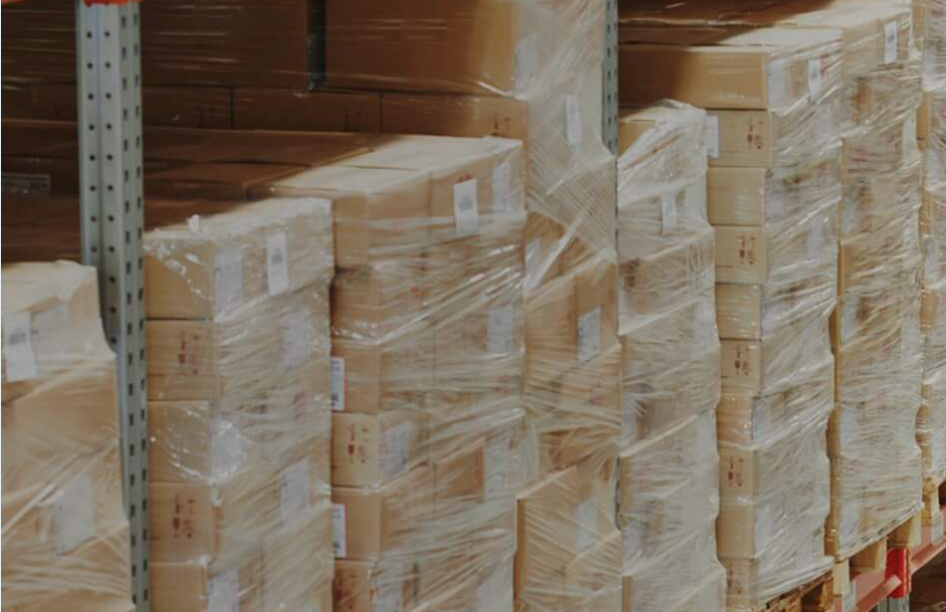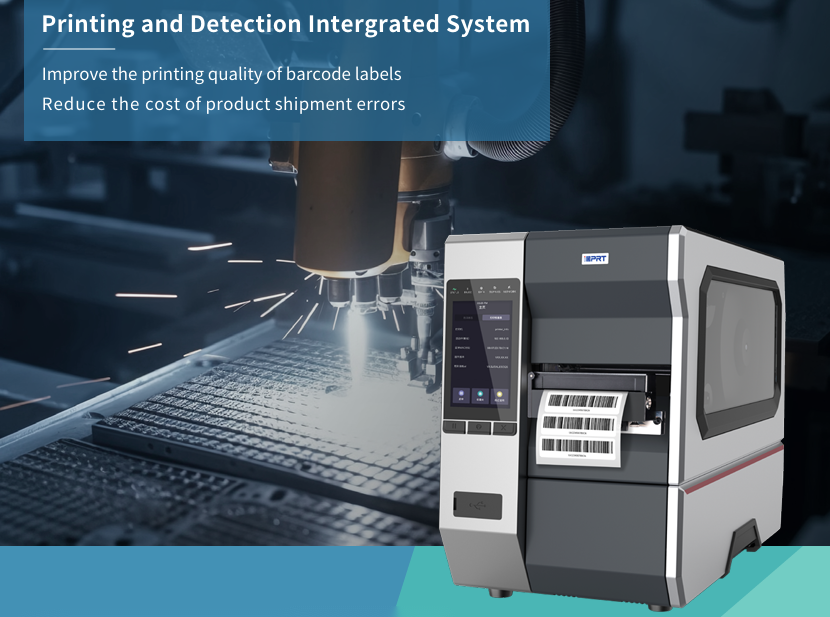What is Barcode Verification and Grading?
Barcode verification and grading are crucial steps in assessing and understanding barcode quality, especially in warehousing, food processing, medical pharmaceuticals and other industries that rely heavily on barcodes for product tracking, inventory management, and logistics. This article explains what barcode verification means and the different grading systems used to assess barcode quality.

What is Barcode Verification?
Barcode verification involves a systematic assessment and check of a barcode's characteristics such as contrast, clarity, and completeness. This ensures the barcode meets specific quality standards and can be accurately read by various scanning devices.
Specialized equipment like barcode verifiers or software is used for scanning and analysis. Barcode verification is extensively applied across manufacturing, logistics, retail, and healthcare sectors, playing a vital role in enhancing product traceability, preventing counterfeiting, and ensuring supply chain safety and information accuracy.
What Are Barcode Grades?
High-quality barcodes improve production efficiency, reduce error rates, and ensure a smooth supply chain operation.
To ensure consistent quality, industry standards establish various barcode grades, each representing a specific level of acceptability. These grades serve as benchmarks to evaluate barcode quality and determine if they meet the required standards.
1. Barcode Grading Standards
The most common standards are set by the International Organization for Standardization (ISO), including ISO/IEC 15416, ISO/IEC 15415, and ISO/IEC TR 29158 (AIM DPM), which evaluate the quality of barcodes.
● ISO/IEC 15416: Applies to linear barcodes, assessing attributes like reflectance, contrast, and edge contrast.
● ISO/IEC 15415: Targets 2D barcodes (such as QR codes), focusing on symbol contrast and module contrast for grading.
● ISO/IEC TR 29158 (AIM DPM): Specifically evaluates Direct Part Marking (DPM) 2D barcodes, considering factors like background complexity and contrast.
It's noteworthy that GS1 barcode grading is a subset of ISO barcode grading.
While both systems share the foundation of ISO/IEC 15416 for linear barcodes and ISO/IEC 15415 for 2D barcodes, GS1 barcode grading goes a step further by implementing additional quality requirements. These stringent criteria ensure that GS1 barcodes surpass ISO-compliant barcodes in terms of reliability and readability.
2. How are Barcode Grades Assessed?
Taking ISO/IEC 15416 as an example, the standard requires ten scan lines across the barcode's width, from one end to the other, to measure and assess the barcode's quality.
This process involves detecting various aspects of the barcode, including the width and spacing of bars and stripes, contrast, and overall clarity. Each scan line receives a grade based on reflectance, decoding, and contrast. The final grade is the average of all scan lines.
3. Categories of Barcode Grading
Barcode quality is categorized into six levels according ISO and GS1 barcode grading, from lowest to highest:
● Grade F: Unreadable.
● Grade D: Poor quality, difficult to scan, prone to errors.
● Grade C: Average quality, barcodes are readable but unstable.
● Grade B: Good quality, usually readable with minor issues.
● Grade A: High-quality barcodes with excellent readability.
● Grade A+: Represents the highest quality, with outstanding contrast and clarity.

Most businesses require a minimum of Grade B to ensure barcodes are accurately read under various conditions.
Introducing the Barcode Printer with Verifier
Increasingly, businesses are prioritizing barcode verification and quality assessment. Logistics companies like UPS and FedEx, along with supply chain management enterprises, grade barcodes on packages to ensure smooth package scanning and tracking.
In manufacturing, real-time quality checks during barcode creation are crucial to eliminate issues like blurring or missing segments, which can negatively impact operations.
The HPRT’s innovative barcode printer with verifier integrates an OCR vision recognition module for automated verification of printed barcodes, text, symbols, and graphics.

This industrial barcode printer offers 100% full inspection of both 1D and 2D codes. If a barcode is poor quality or unreadable, the machine automatically stops and alerts operators, preventing missed or duplicate barcodes and ensuring consistent quality.
Furthermore, this solution can be embedded into production lines for automated printing and verification, eliminating manual intervention and boosting production efficiency while reducing labor costs.
This barcode printer with verifier is widely used in the food, medical, and industrial manufacturing sectors, particularly in medical device UDI label printing and food barcode labeling. By significantly improving barcode quality, it enhances product tracking, quality control efficiency, and helps manufacturers avoid economic losses due to barcode defects.
HPRT’s barcode printer with verifier represents the future of barcode management. Contact us today to learn more about our products and embark on your journey towards smart manufacturing!








